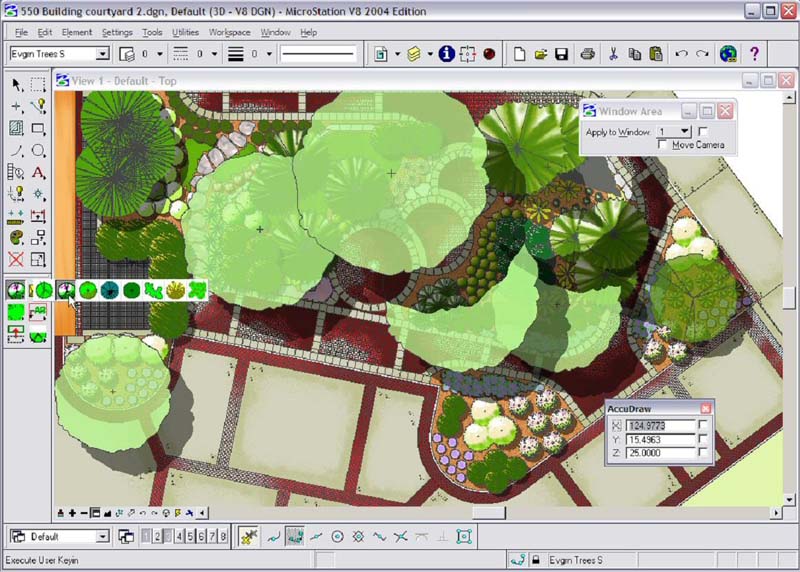
Landscape Design Drawings
Tips For Drawing Landscapes
By Drew Melton - Ezinearticles
Landscapes can be tricky to draw. This quick lesson will go over some tips to help you draw them more easily. There are really just a few troublesome areas that most people have, and that's what I'm going to cover here. The first thing you want to do is figure out where the horizon line is. This will help you get the perspective correct. Of course, it is less important if there are no architectural structures in the scene, but it is still important for composition. Determine whether the horizon line is high or low. If it is high, then you will be seeing more of the ground and less of the sky. If it is low, then you will be seeing more of the sky and less of the ground. For optimal composition, I recommend putting the horizon line either at one-third or one-fourth the way up or down on the page rather than in the middle.
By Drew Melton - Ezinearticles
Landscapes can be tricky to draw. This quick lesson will go over some tips to help you draw them more easily. There are really just a few troublesome areas that most people have, and that's what I'm going to cover here. The first thing you want to do is figure out where the horizon line is. This will help you get the perspective correct. Of course, it is less important if there are no architectural structures in the scene, but it is still important for composition. Determine whether the horizon line is high or low. If it is high, then you will be seeing more of the ground and less of the sky. If it is low, then you will be seeing more of the sky and less of the ground. For optimal composition, I recommend putting the horizon line either at one-third or one-fourth the way up or down on the page rather than in the middle.

Now, let's work on perspective. The two big things to keep in mind with landscapes are atmospheric perspective and angles. With atmospheric perspective, objects get lighter as they get further away. This is because air contains particles which have volume just like fog. If you look at a mountain or hill that is very far away, it will almost blend into the sky.


Also, as far as perspective goes, we want to get our angles correct. This means that if you draw a building or a house, you need to make sure that the lines on the house are in the correct perspective. I don't have time to go into a full perspective lesson today, but this is very important for any landscape containing architectural structures. If you are drawing a pure wilderness landscape, then perspective is not quite as important. However, you should still be familiar with it.

As objects get further away, they also get smaller. This is true for any object big or small. Mountains in the background appear large, but really that is only because they are very large in general. If you stand next to a mountain, you won't even be able to see the whole thing. Of course, smaller objects such as trees will almost disappear or blend together in the distance. You should also keep in mind that you don't need to put as much detail into far away objects as you would with objects that are close.

Finally, keep your darkest values reserved for objects that are close to you. We want to maintain an illusion of depth, so we don't want everything in the drawing to look exactly the same. The shadow on a tree that is right in front of you should be darker than a tree that is very far away. These tips will help you with your landscape drawings. There are plenty of other things to learn as well, but these tips will get you started. The basis of a good landscape drawing is in the perspective and illusion of depth. After that, it's just a matter of learning how to render the objects in the scene correctly.


Landscape Design Drawings

No comments:
Post a Comment
Hi, please feel free to share your comment here.
For example: Which pictures is the best?
Thanks,
Admin